Description
Kinder mit Kätzchen by Fritz Zuber-Bühler printed on a T-Shirt
About the T-Shirt
Regular fit
Standard length, the fabric easily gives into movement
Casual wear
A classic, everyday option loved by our customers
Side-seamed
Constructed by sewing two parts together, creating a fitted look
The Unisex Staple T-Shirt feels soft and light with just the right amount of stretch. It’s comfortable and flattering for all. We can’t compliment this shirt enough–it’s one of our crowd favorites, and it’s sure to be your next favorite too!
- Solid colors are 100% Airlume combed and ring-spun cotton
- Ash color is 99% combed and ring-spun cotton, 1% polyester
- Heather colors are 52% combed and ring-spun cotton, 48% polyester
- Athletic and Black Heather are 90% combed and ring-spun cotton, 10% polyester
- Heather Prism colors are 99% combed and ring-spun cotton, 1% polyester
- Fabric weight: 4.2 oz./yd.² (142 g/m²)
- Pre-shrunk fabric
- 30 singles
- Side-seamed construction
- Tear-away label
- Shoulder-to-shoulder taping
- Blank product sourced from Nicaragua, Mexico, Honduras, or the US
Fritz Zuber-Bühler (1822 – 1896)
Fritz Zuber-Buhler was a Swiss painter in the style of Academic Classicism, born at Le Locle in Switzerland.
At sixteen years of age he moved to Paris, France where found his first teacher, Louis Grosclaude. Later he studied at the École des Beaux-Arts and then refined his technical skills with François-Édouard Picot, who followed the same lineage of contemporaneous artists such as Léon Perrault, Bouguereau, and Alexandre Cabanel. Afterwards he spent some time in Italy searching for inspiration; he may have also studied in Berlin. After five years abroad, he returned to Paris, where he made his debut at the Salon in 1850. In subsequent Salons he showed works in many media: oil paintings, drawings, pastels and watercolors.
His painting Innocence shows his romantic view of the peasant children and their environment. He painted mythological and religious subjects, as well as commissioned portraits. Zuber-Buhler exhibited in the United States at the Pennsylvania Academy of the Fine Arts and achieved considerable success. He exhibited at the Salon (Paris) until 1891, by which time the European academic tradition he represented was past its heyday.

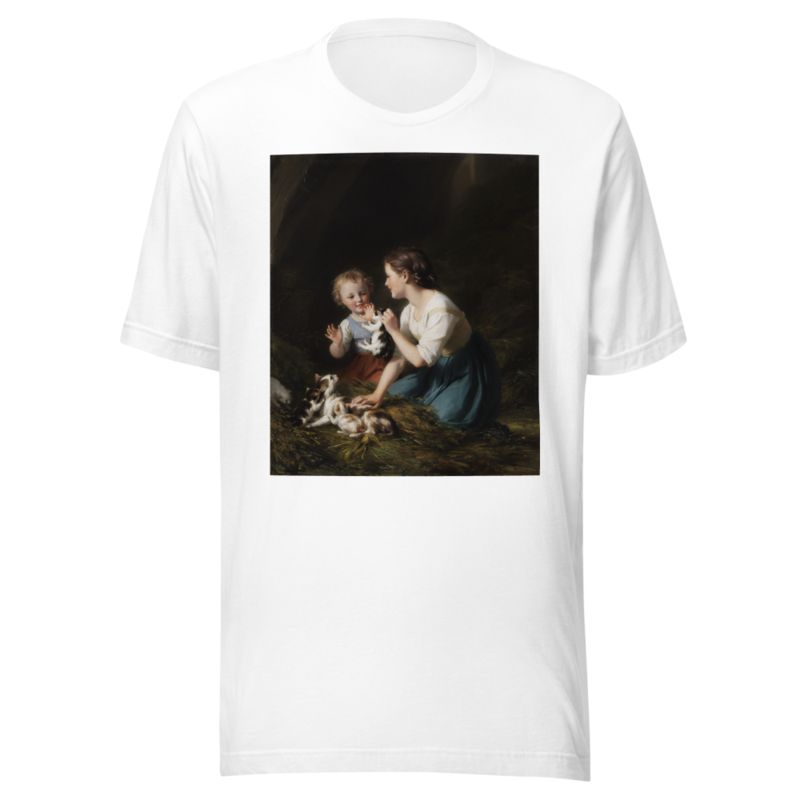
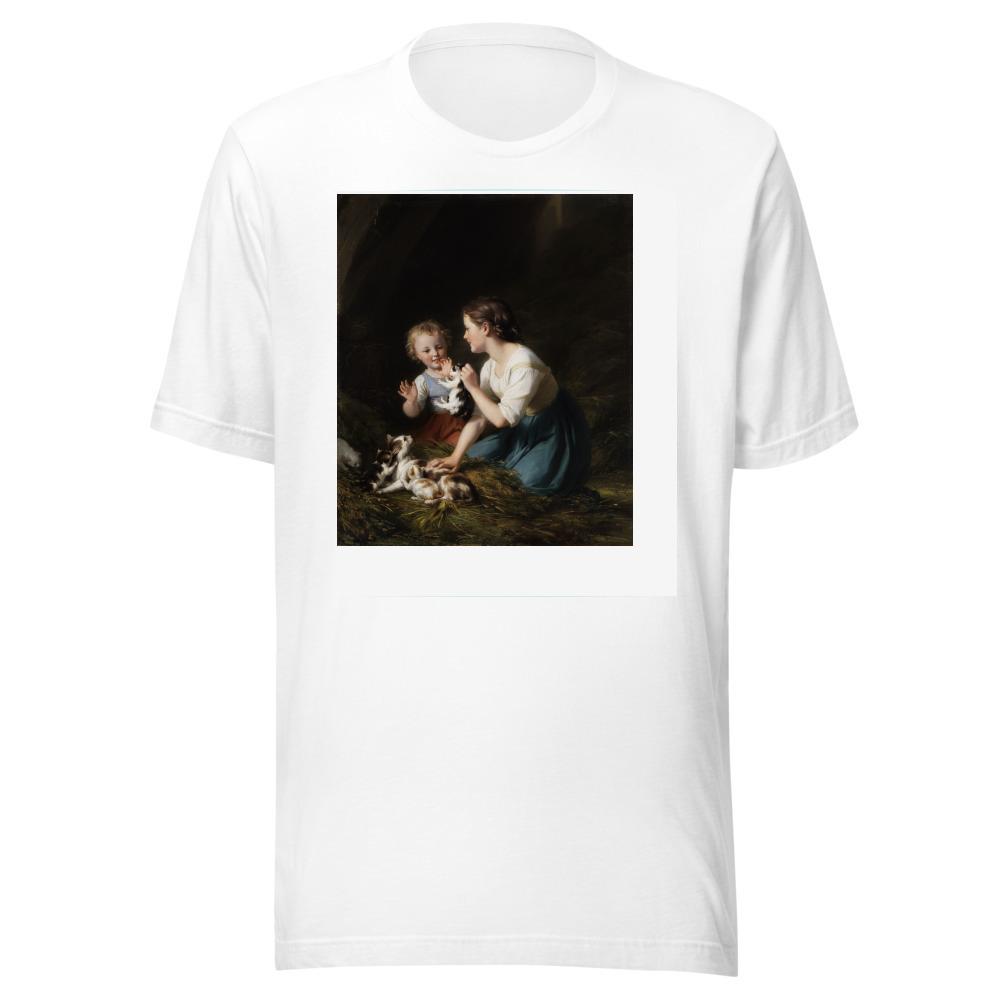
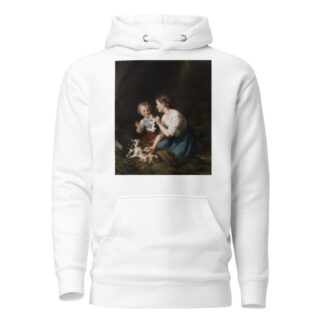
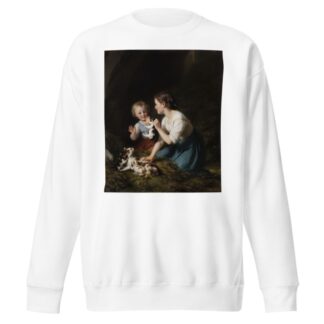
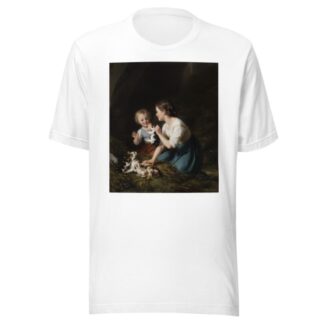
Reviews
There are no reviews yet.